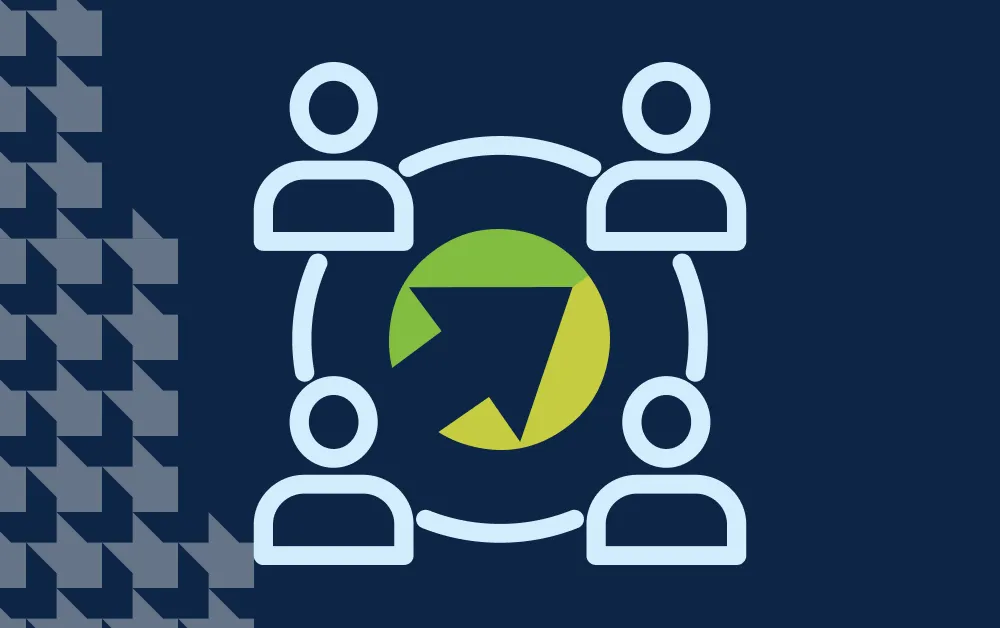There are many technology solutions on the market today to help manage your commercial collateral, but this has not always been the case. Increased and more complex regulatory reporting requirements has changed the way that core solution providers view collateral, and has driven this change.
In the past, although some core systems were more sophisticated than others, it was not uncommon to see collateral as a notation or comment to a loan, with a single record having a description of all collateral securing a loan, or a separate record for an individual piece of collateral when it secured multiple loans. With minimal fields, it was also difficult to parse information for reporting.
These limitations were frankly a reporting nightmare, and made cross-collateralized loans more difficult to manage, not to mention almost impossible to systemically get a LTV or true concentration report. I have to believe there was more than one instance of collateral released while still required for an active cross-secured loan. These limitations contributed to manual processes, and separate spreadsheets with data manipulation, or ancillary systems like Baker Hill to fill the void.
Although improved collateral modules are available today, the banking industry is still in a slow and sometimes painful process of updating records to take advantage of new core functionality. That said, even though we are seeing a lot of success it is not an overnight endeavor. With the current rate of success, I was taken aback when a financial institution recently informed me that they were discouraged from implementing enhanced collateral tracking by the very company that was providing it–”don’t adopt it, it’s too much work”.
While it’s true that it will take work to clean up, and yes, reports will need to be recreated (reports that do not require days of manipulation and will satisfy regulators), it’s easy to see the benefits outweigh the effort. Do not let the amount of work discourage you from moving forward, but ensure your solution has the functionality that offers the benefits and efficiencies that outweigh the effort.
Since Baker Hill introduced our first tracking software we have recognized the need for accurate and efficient collateral monitoring. Many of our clients have used Baker Hill as their system of record for reporting purposes as a supplement to core limitations for collateral tracking. This included a separate single record for each piece of collateral securing a loan, with the owner, values, and types at a very minimum, tied back to the loan(s) they secure. Also recognizing that all collateral is not equal, specific formats should be available to capture information unique to the type of collateral. Fortunately, today we are seeing more and more clients that are able to simply integrate collateral from their core to Baker Hill for accurate tracking and reporting all around.






